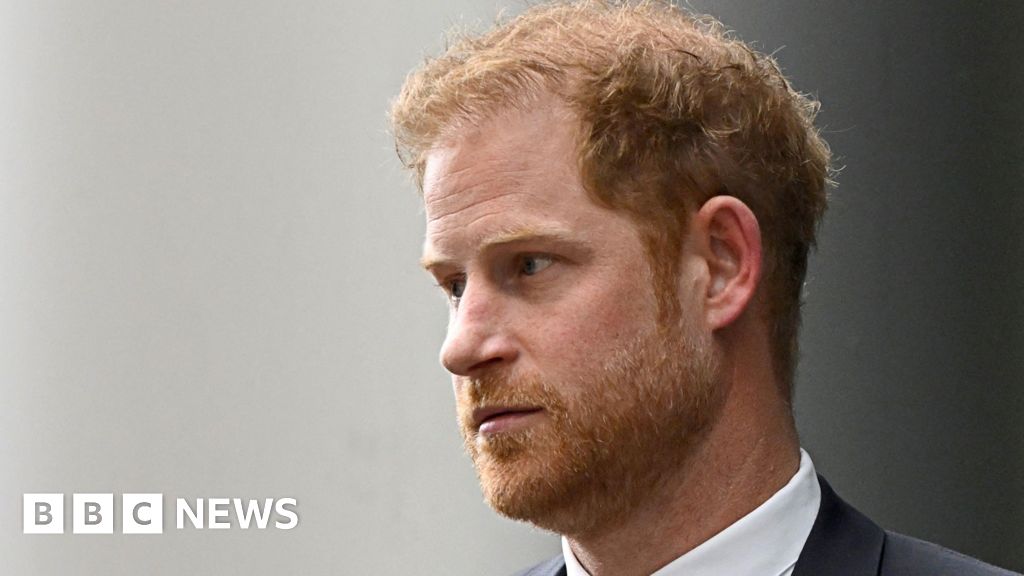ARTICLE AD BOX
Image source, Cromwell Museum
Image caption,The painting could be the first genuine portrait of Oliver Cromwell's mother, a museum believes
A painting stored in an attic could be the first genuine portrait of Oliver Cromwell's mother, an historian said.
The picture of Elizabeth Steward dates from the 17th Century and was bought in the 1990s from the estate of the Earls of Sandwich, supporters of Cromwell.
Cromwell Museum curator, Stuart Orme, said: "No authenticated paintings of his parents were thought to exist."
The provenance "makes a strong case for this being a genuine picture", but more research was needed, he said.
The oil on canvas had been purchased by a collector from St Albans and recently stored in his attic as he did not have space to display it.
It was offered by him to the museum in Huntingdon, in Cambridgeshire, and having been restored, is now on show to the public there for the first time.
Historian Mr Orme said: "Research has shown that the painting was identified as being an image of Cromwell's mother as far back as 1784, earlier than other putative paintings of her."
Image source, Cromwell Museum/Simon Hill
Image caption,Oliver Cromwell was born in Huntingdon in 1599 and lived in present day Cambridgeshire until the Civil War in the 1640s
It was owned by the Earls of Sandwich at Hinchingbrooke House, a family and property closely associated with the Cromwell family, he said.
"Over the years several paintings have been suggested to be of Elizabeth Steward, but most have either been disproven or do not have enough evidence to make a firm identification.
"Whilst we cannot say definitively that this is her yet, the provenance and resemblance to other family members does make a strong case for this being a genuine picture of Oliver Cromwell's mum."
He said the "facial features - the nose and hooded eyes - are very similar to other members of the Cromwell family".
Image source, Cromwell Museum
Image caption,The painting is now on show at the museum
Although the painting is not signed or dated, conservators have confirmed it was painted in the early to mid-17th Century, and the materials used, and the style were "consistent" with that, he said.
Cromwell's mother Elizabeth Steward was born in 1565 in Ely, in Cambridgeshire.
She married Robert Cromwell, from Huntingdon, after her first husband and child died and had six daughters and one son, Oliver.
After her second husband's death in 1617 she lived with her son and his family in Huntingdon, St Ives and then Ely.
She died in 1654, the year after Cromwell became Lord Protector.
Cromwell helped the Parliamentarian forces defeat Charles I during the Civil War, which resulted in the monarch being tried and beheaded, and he went on to become Lord Protector.
Oliver Cromwell
- Oliver Cromwell played a major role in the execution of Charles I
- He led the invasion of Ireland in 1649, which resulted in massacres of Catholic civilians at Drogheda and Wexford
- He is the only commoner to become head of state in British history
- As Lord Protector he permitted religious tolerance - although not for Catholics
The painting of Cromwell's mother, was, Mr Orme said, "looking at being the best prospect yet of a genuine portrait".
"There's nothing to rule it out so far, and it's earlier than any others which were thought to have been of her.
"But, it's an on-going detective story - and there is more research to be done," he added.
Image source, Cromwell Museum
Image caption,Cromwell attended Huntingdon grammar school between 1610 to 1616. It is now the Cromwell Museum
Find BBC News: East of England on Facebook, Instagram and Twitter. If you have a story suggestion email eastofenglandnews@bbc.co.uk

 2 years ago
23
2 years ago
23








 English (US)
English (US)